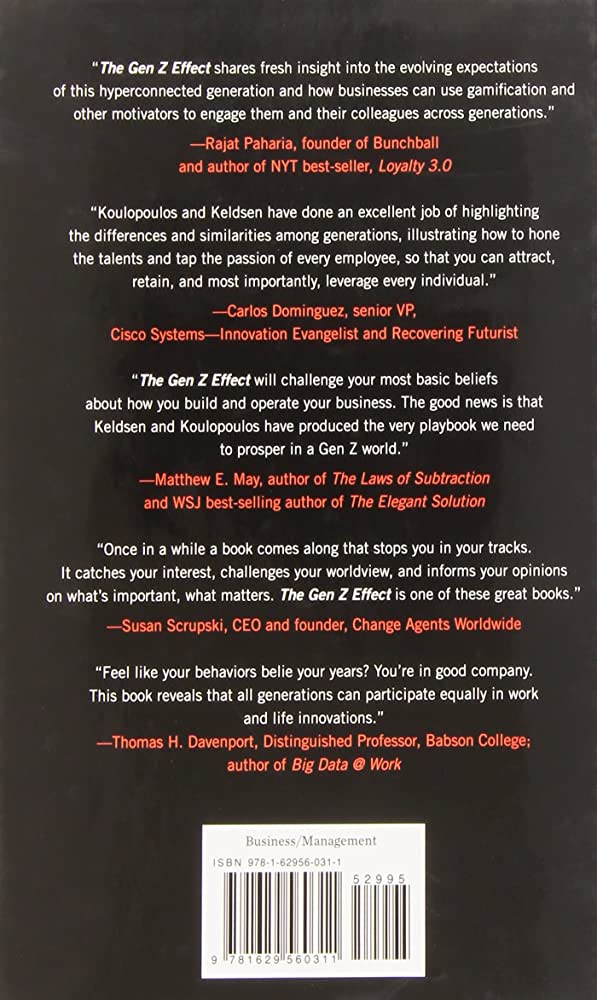Gamification refers to applying game design and mechanics to non-game contexts to motivate individuals to change their behavior, adopt new habits, and achieve their goals. Widely used in business, healthcare, and everyday life, gamification has proven to be effective in increasing engagement, motivation, and productivity. In business, gamification has been used to improve employee productivity, collaboration, and job satisfaction, and to motivate customers to engage with products and services. In healthcare, gamification has been applied to encourage healthy behaviors, improve patient outcomes, and reduce healthcare costs. Everyday life gamification includes apps and websites motivating people to improve their habits, learn new skills, and achieve their goals by using game-like features.
The Impact of Gamification: How Gaming is Shaping Business, Healthcare, and Everyday Life
Gamification is the application of game design and mechanics to non-game contexts. It has become a popular strategy in businesses, healthcare, and everyday life to improve engagement, motivation, and productivity. Through gamification, individuals are motivated to participate in various activities, such as completing tasks, learning new skills, and interacting with products and services. Gamification provides a fun and rewarding experience that encourages people to change their behavior, adopt new habits, and achieve their goals. In this article, we will explore the impact of gamification on different areas of life.
Gamification in Business
Gamification has been widely used in business to motivate employees, increase customer loyalty, and improve sales. Companies are using game-like features such as points, badges, leaderboards, and challenges to engage with their employees and customers. Gamification has been effective in improving employee productivity, collaboration, and job satisfaction. For example, SAP, a software company, used gamification to train its employees on new products, resulting in a 400% increase in product knowledge.
Gamification has also been used to motivate customers to engage with products and services. Through rewards, incentives, and challenges, companies are creating a more engaging and interactive experience for their customers. For example, Nike created a running app that allows users to compete with friends and earn badges for reaching milestones, resulting in increased engagement and sales.
Gamification in Healthcare
Gamification has been applied in healthcare to encourage healthy behaviors, improve patient outcomes, and reduce healthcare costs. Patients can be motivated to adopt healthy habits, follow medical regimens, and manage chronic diseases through games, challenges, and rewards. Gamification can also be used to educate patients on health-related topics and improve their health literacy.
One example of gamification in healthcare is the game Re-Mission, which was designed for teens with cancer. The game allows players to control a nanobot that travels through the body, destroying cancer cells and managing side effects of chemotherapy. The game was found to improve adherence to medical regimens and quality of life among players.
Gamification in Everyday Life
Gamification has become a part of everyday life, with apps and websites using game-like features to motivate people to improve their habits, learn new skills, and achieve their goals. For example, Duolingo, a language-learning app, uses game-like features such as points, badges, and leaderboards to motivate users to learn a new language.
Gamification has also been used to encourage people to adopt healthy habits, such as exercising regularly or drinking more water. Apps like Fitbit and MyFitnessPal use gamification to motivate people to track their exercise and food intake, resulting in improved health outcomes.
Conclusion
Gamification has become a powerful tool for motivating individuals to adopt new habits, achieve their goals, and improve their lives. It has been applied in different areas of life, from businesses to healthcare to everyday life. Through game-like features such as points, badges, and leaderboards, gamification creates a fun and rewarding experience that encourages people to change their behavior and achieve their goals. As technology continues to evolve, gamification is likely to become more prevalent and sophisticated, providing new opportunities for improving engagement, motivation, and productivity.
